The Industrial Revolution was a ground-breaking period in history that transformed the way we live, work, and interact with the world around us. It brought a wave of unprecedented progress and growth with the advent of new technologies, machinery, and manufacturing processes. The industrial revolution also laid the foundations for modern society as we know it today.
This period ushered in the rise of factories and mass production, the development of new transportation methods as well as communication systems. The impact of the Industrial Revolution on society was profound and far-reaching, shaping the course of human history in countless ways.
In this article, we will take a closer look at the impact of the Industrial Revolution on society and explore its lasting legacy in the modern world.
What Is the Industrial Revolution?
The Industrial Revolution was a period of significant economic, technological, and social change that occurred in Europe and North America between the late 18th and early 19th centuries. It was marked by a shift from manual labor to mechanized production. New machines and manufacturing processes enabled goods to be produced on a larger scale and faster than ever before.
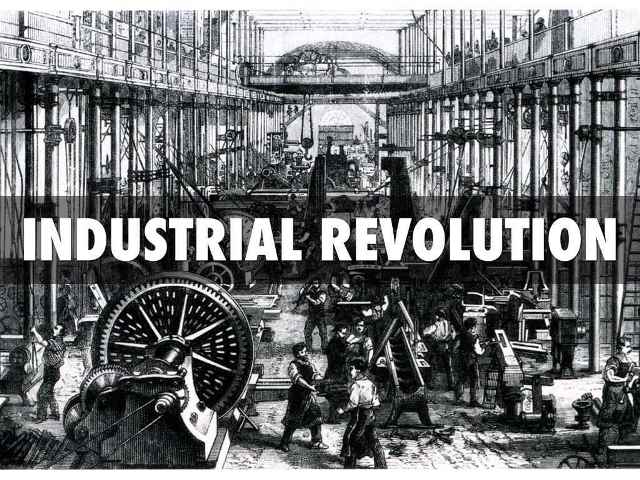
This period was driven by a combination of factors, including advancements in technology, new sources of energy, and a growing population that created a demand for goods and services. Key innovations during this period included the steam engine, the spinning jenny, and the power loom.
The impact of the Industrial Revolution was significant, transforming every aspect of society, from agriculture and transportation to communication and commerce. It brought a wave of unprecedented growth and prosperity. But it also led to significant social and environmental consequences, including exploiting workers, degrading natural resources, and widening the gap between the rich and poor.
Despite its mixed legacy, the Industrial Revolution is widely regarded as a critical turning point in human history. It laid the foundations for the modern society and set the stage for the technological advancements and economic growth that have characterized the past two centuries.
Read: How To Stay Up-To-Date with Advancements in Technology
Innovative Tech Solutions, Tailored for You
Our leading tech firm crafts custom software, web & mobile apps, designed with your unique needs in mind. Elevate your business with cutting-edge solutions no one else can offer.
Start NowPositive Impacts of the Industrial Revolution
While the Industrial revolution had some negative consequences, there were also numerous positive impacts of the Industrial Revolution on society.
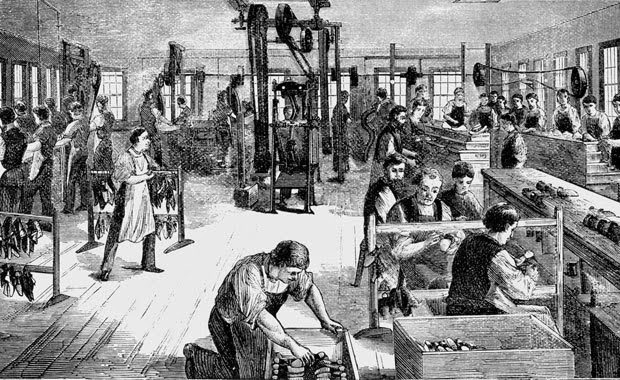
Economic Growth and Prosperity
One of the most significant positive impacts of the Industrial Revolution was the rise of industrial capitalism. It replaced the traditional system of guilds and trade with a new model of production that emphasized efficiency, specialization, and profit. This led to economic growth and prosperity.
Goods and services were produced on a larger scale and at a faster rate than ever before. The availability of goods and services grew as well, allowing people to purchase products that were previously unavailable to them.
As production became more efficient and cost-effective, prices began to fall, leading to a rise in consumer purchasing power. This growth in economic activity led to an increase in investment and job opportunities, which caused an overall improvement in the standard of living.
Technological Advancements and Innovation
New machines and communication technologies were developed during the Industrial Period. This includes the steam engine and the telegraph.
The development of new machines allowed for the mechanization of previously manual tasks. Consequently, production became less labor-intensive, faster, and more efficient. This resulted in the development of new industries and new jobs in fields like manufacturing and engineering.
Improvement in Transportation and Communication
The Industrial Revolution brought game-changing improvements in transportation and communication. New modes of transportation, such as steam-powered ships and trains, revolutionized trade and travel.
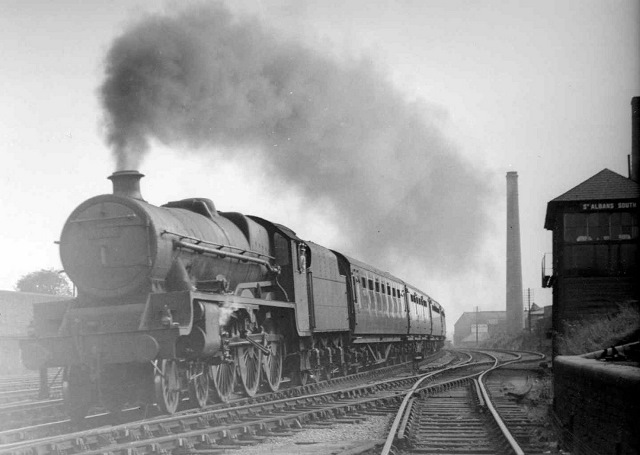
This facilitated the growth of industries that depended on transportation, such as the textile and mining industries. The development of communication technologies, such as the telegraph and telephone, allowed for the rapid dissemination of information and the coordination of business activities over long distances.
As a result, businesses were able to expand, and new markets emerged.
Seamless API Connectivity for Next-Level Integration
Unlock limitless possibilities by connecting your systems with a custom API built to perform flawlessly. Stand apart with our solutions that others simply can’t offer.
Get StartedIncrease in Job Opportunities and Standards of Living
As production became more efficient and cost-effective, prices began to fall, leading to a rise in consumer purchasing power. The availability of goods and services grew as well, allowing people to purchase products that were previously unavailable to them.
This growth led to an increase in investment and job opportunities. As such, people enjoyed better standards of living compared to pre-industrial society.
The rise of the middle class, in particular, created a new market for luxury goods and services.
Negative Impacts of the Industrial Revolution on Society
While it led to economic growth and technological advancements, it also brought about many social, economic, and environmental problems that continue to affect us today.
Here are some of the most significant negative impacts of the Industrial Revolution on society:
Exploitation of Workers
The development of new machines and manufacturing techniques led to the creation of large factories. Unfortunately, some workers became subjected to long hours, dangerous working conditions, and low wages.
Many workers, including women and children, were forced to work in these factories, often for 12-16 hours a day or more. The factory owners had little regard for the safety or well-being of their employees, leading to numerous accidents, injuries, and even death.
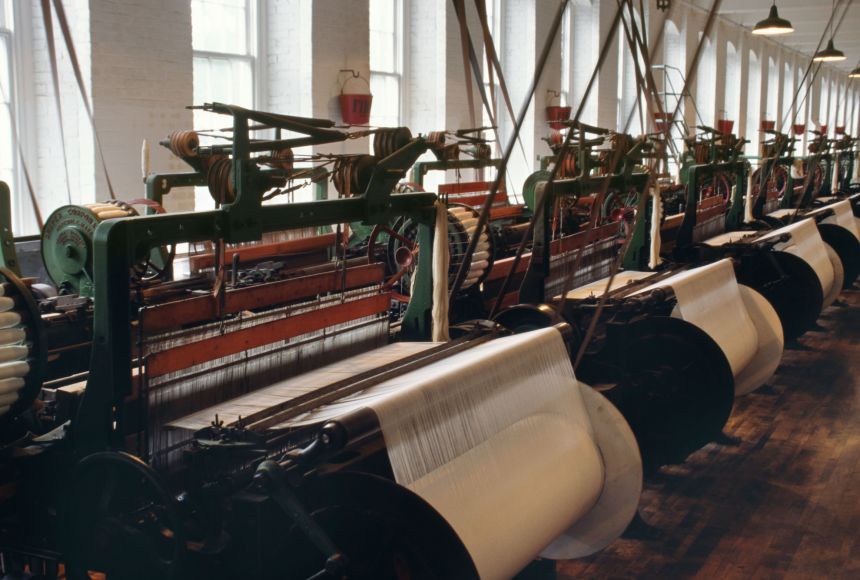
Social Inequality
The Industrial Revolution ushered in new social classes, with a growing middle class emerging alongside the traditional aristocracy and working class. This led to increased social inequality, with the wealthiest members of society becoming increasingly wealthy.
While on the other hand, the working class struggled to make ends meet. The rise of industrial capitalism created a system in which the few owned the means of production, and many were forced to work for low wages.
This brought tensions between the classes. Workers demanded better pay and working conditions. And the wealthy elite fought to maintain their position of power.
Read: Is The Gender Pay Gap a Fact?: An Industry Focus
Environmental Degradation
Transform Business with Custom CRM & ERP Solutions
Elevate your operations with a CRM or ERP tailored for you. Let’s build the perfect solution that others can't replicate—crafted to match your business's needs like no other.
Get StartedThe development of new technologies, such as the steam engine and the spinning jenny, had some negative impacts.
For example, it increased the consumption of natural resources like coal and timber. In addition, the rapid expansion of industry and urbanization caused the destruction of forests and farmland, as well as the pollution of waterways and the air.
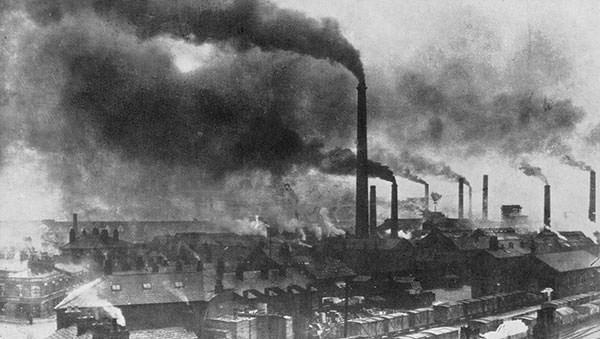
There were increased levels of air pollution and the development of smog-filled cities. The environmental degradation caused by the Industrial Revolution has had long-lasting effects. It continues to contribute to present-day issues like climate change and deforestation that affect us today.
Urbanization and Overcrowding
As people flocked to industrial centers searching for work, cities became densely populated, with inadequate housing and sanitation facilities. This brought about the spread of diseases like cholera and tuberculosis, as well as the development of slums and other forms of poverty.
The conditions in which people lived and worked during the Industrial Revolution were often dangerous and unhealthy. As a result, societal health and well-being declined.
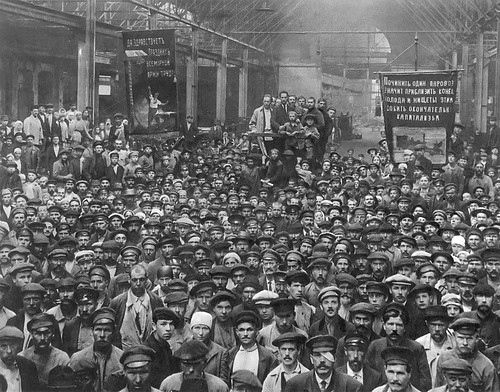
Child Labor
The Industrial Revolution also led to the widespread use of child labor. Children as young as five or six were forced to work in factories and mines. These children were often subjected to long hours, dangerous working conditions, and low wages. They were denied the opportunity to receive an education or develop other skills.
Child labor was particularly widespread in industries like textiles and mining, where small hands were needed to operate machinery or work in tight spaces. This led to the development of labor laws and child protection legislation in many countries.
Legacy of the Industrial Revolution in the Modern World
The Industrial Revolution, which began in the late 18th and early 19th centuries, profoundly transformed the world. Undoubtedly, its legacy can still be seen in modern times, shaping our economies, societies, and technologies.
Economic Legacy
The Industrial Revolution’s legacy is evident in how modern economies are organized. It is especially notable in the dominance of manufacturing and service sectors and advanced technologies. This economic growth set the stage for modern globalization, creating interconnected economies and societies worldwide.
Tailored Tech Solutions to Drive Your Business Forward
Maximize your business potential with custom tech strategies. We deliver bespoke solutions that others can’t match, designed to solve your specific challenges with precision and impact.
Contact UsTechnological Legacy
The legacy of the Industrial Revolution can be seen in the technological innovations of the modern world. For example, the use of computers and smartphones, the development of advanced medical treatments, and space exploration.
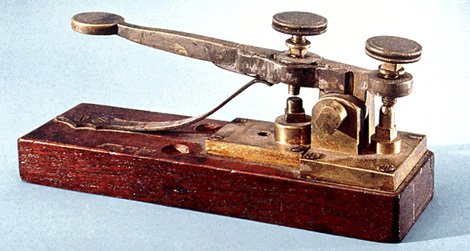
Social Legacy
This legacy dwells in the modern social and political systems that emerged from these changes, from the welfare state to modern democratic institutions.
Labor and Workers’ Rights Legacy
The legacy of these movements can be seen in the modern labor and workers’ rights movements. These movements continue to fight for fair wages, safe working conditions, and employee protection.
Before you go…
Hey, thank you for reading this blog to the end. I hope it was helpful. Let me tell you a little bit about Nicholas Idoko Technologies. We help businesses and companies build an online presence by developing web, mobile, desktop, and blockchain applications.
We also help aspiring software developers and programmers learn the skills they need to have a successful career. Take your first step to becoming a programming boss by joining our Learn To Code academy today!
Be sure to contact us if you need more information or have any questions! We are readily available.











